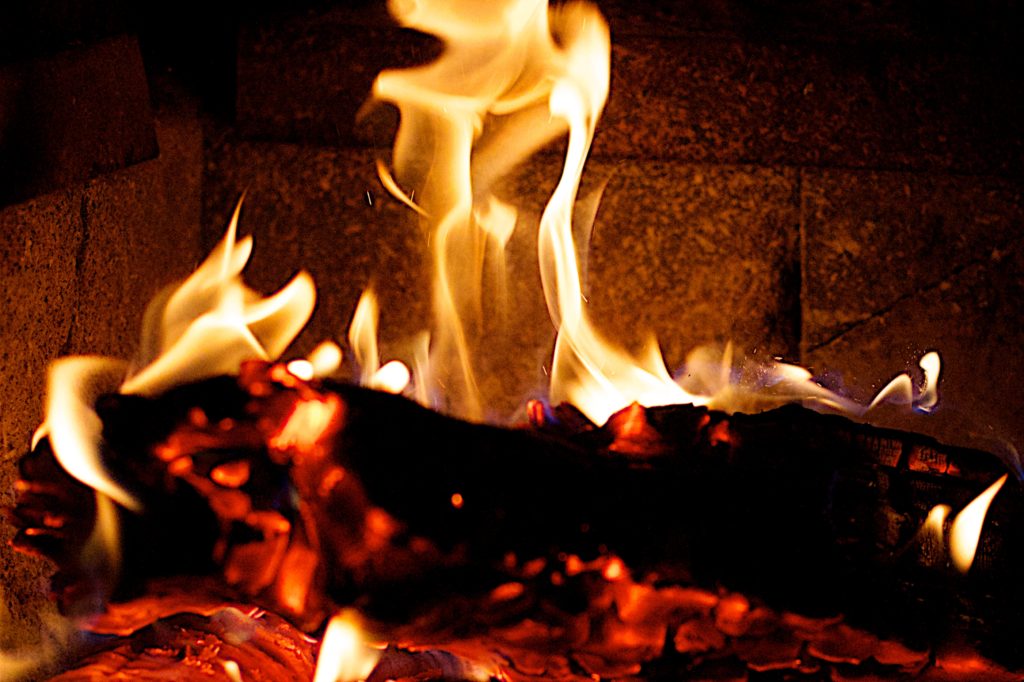

Cows and goats and dogs moved among the crowds. Holy men, some naked and covered with ashes, wandered among the crowds, or sat on bare wooden platforms and offered blessings and prayers for visitors.

Upon reaching the river, standing on the top of the steep steps leading down to the water, we watched as people performed ritual baths and made offerings of marigolds to the river, for the river is herself a Goddess – Mother Ganga, Ganga-ji. We heard them approaching before we could see them. There in the bluish early light we mingled with groups of pilgrims from all over India, as well as local groups of friends and neighbors, who make it a practice each morning to walk to the Ganges, chanting and ringing bells as they walk. The next morning before daylight we drove to the banks of the Ganges River – the Ganga – in Varanasi. For here was sacred cargo, tied on to the roof of a Jeep. “The relatives are driving the body to the Ganges to be cremated.” And in that moment I understood that this would be a trip like no other, that all aspects of life were going to be made visible, that nothing would be hidden or kept separate. Lashed to the top of the Jeep was something resting on two long poles, covered by a bright orange blanket. Suddenly the tour guide called our attention to a Jeep that we were about to pass. On my very first morning in India, I found myself in a tour bus bouncing down the highway from the Varanasi airport to the hotel.


 0 kommentar(er)
0 kommentar(er)
